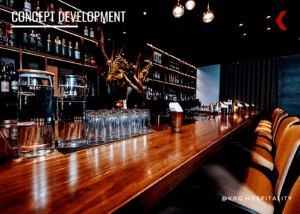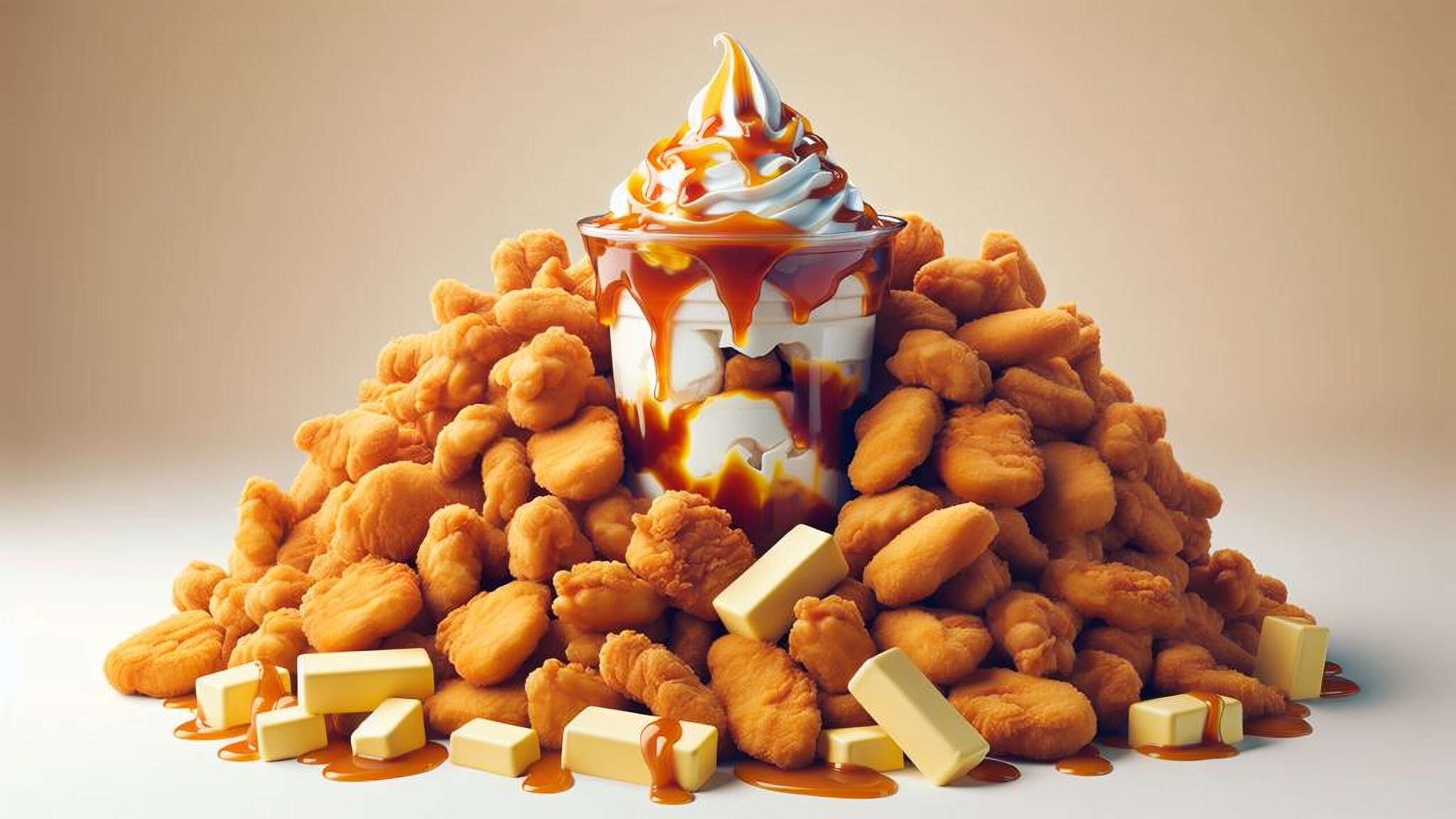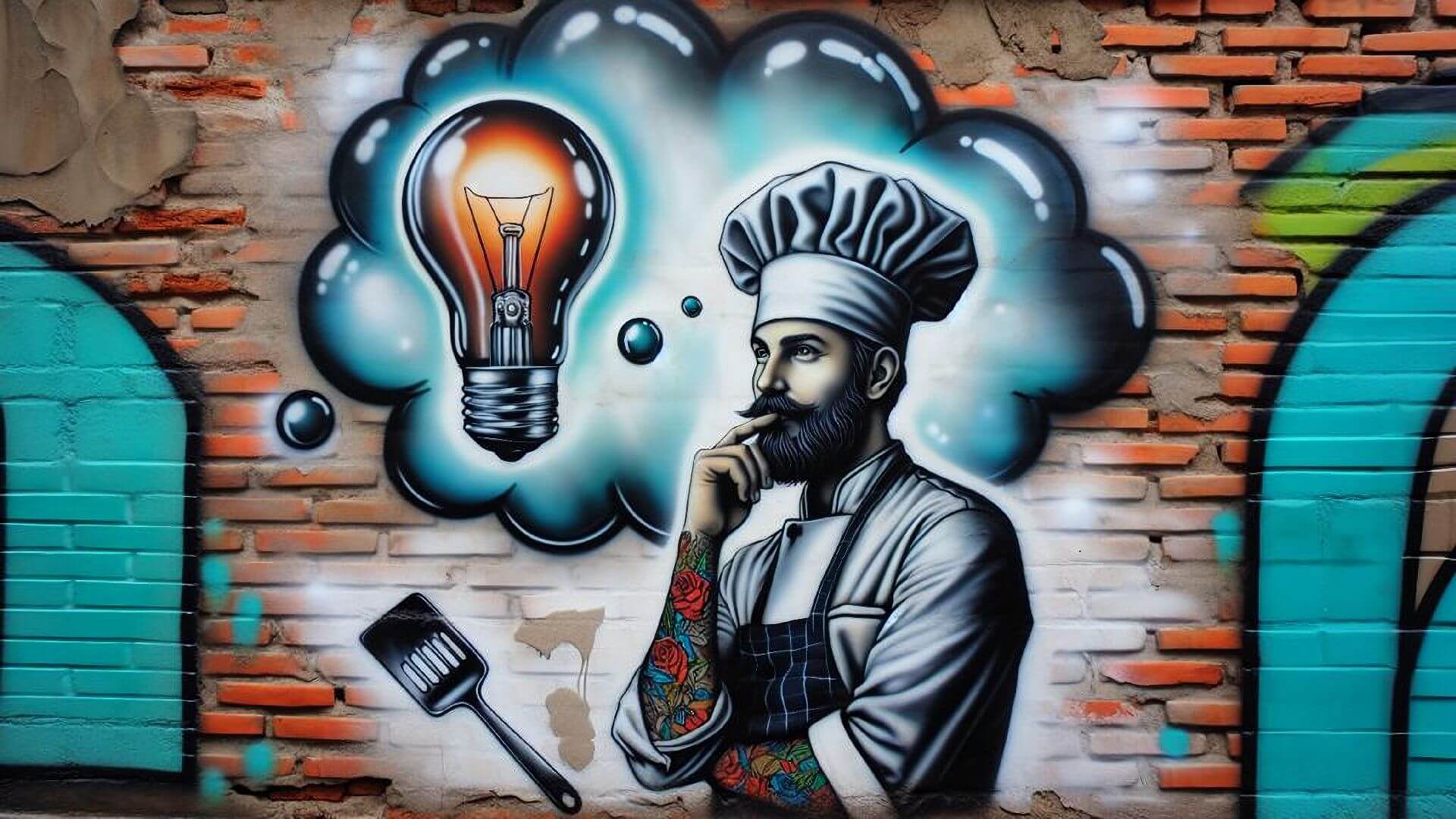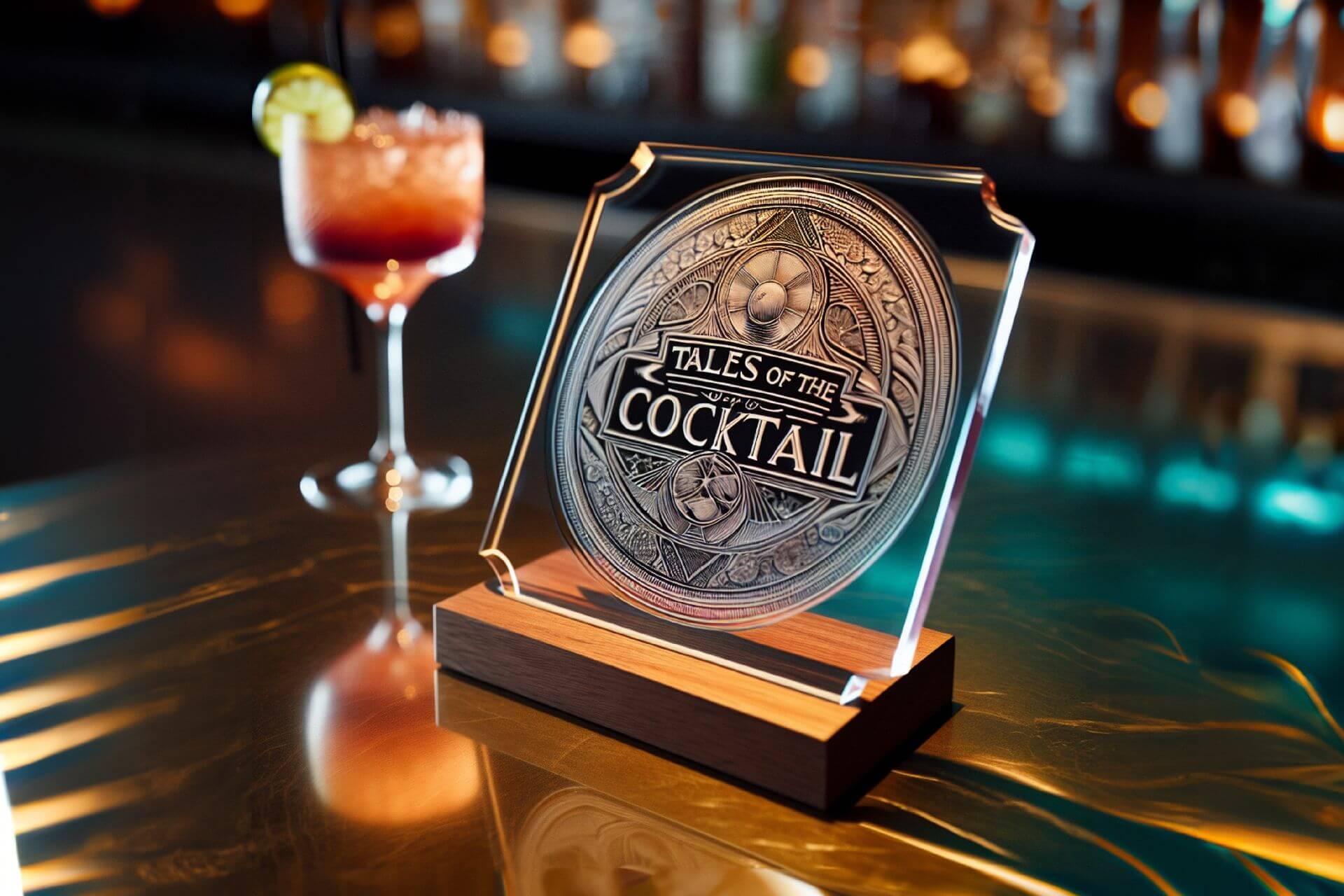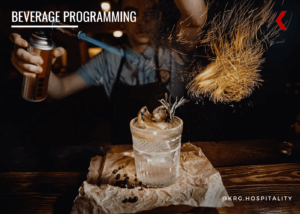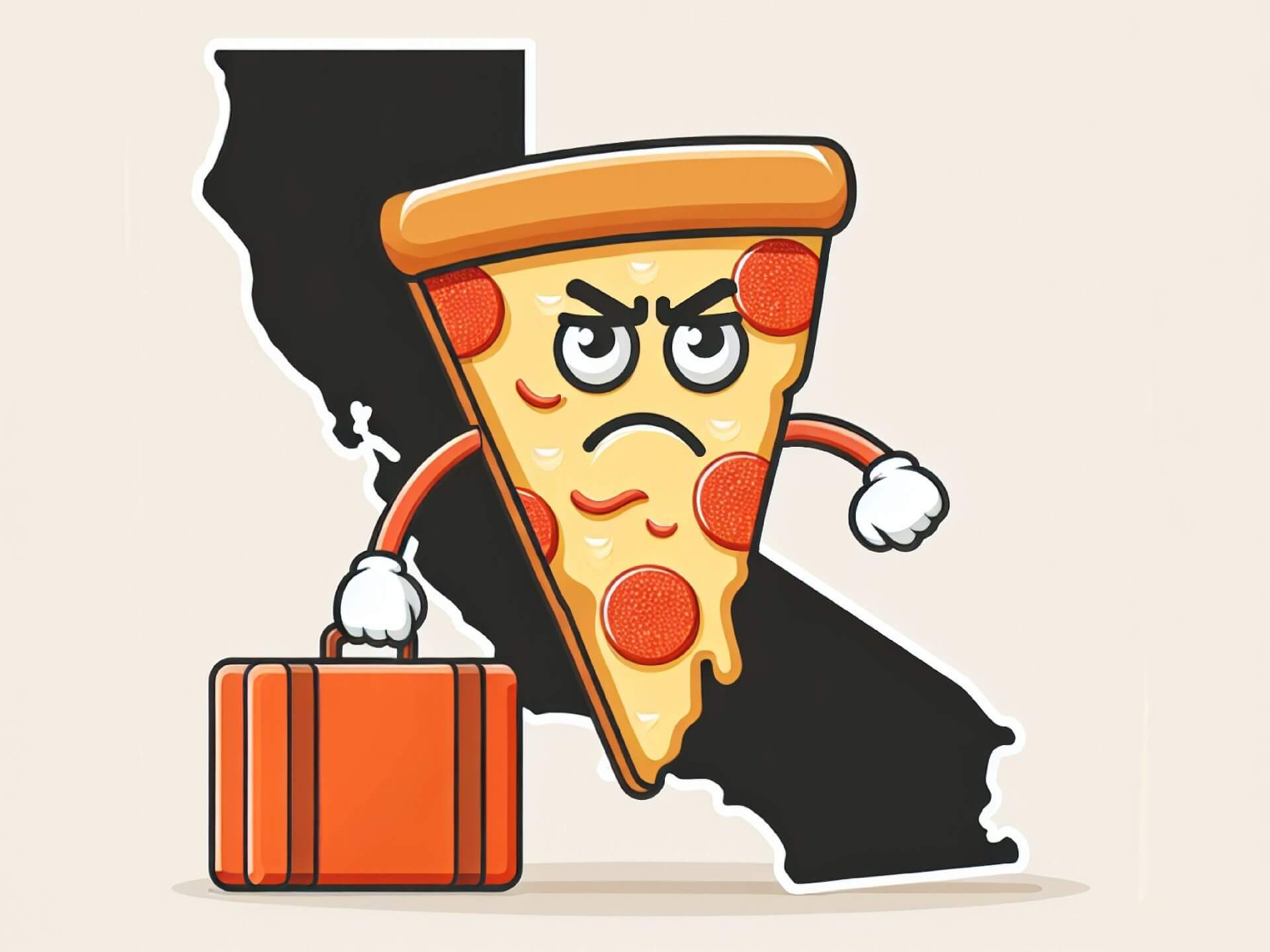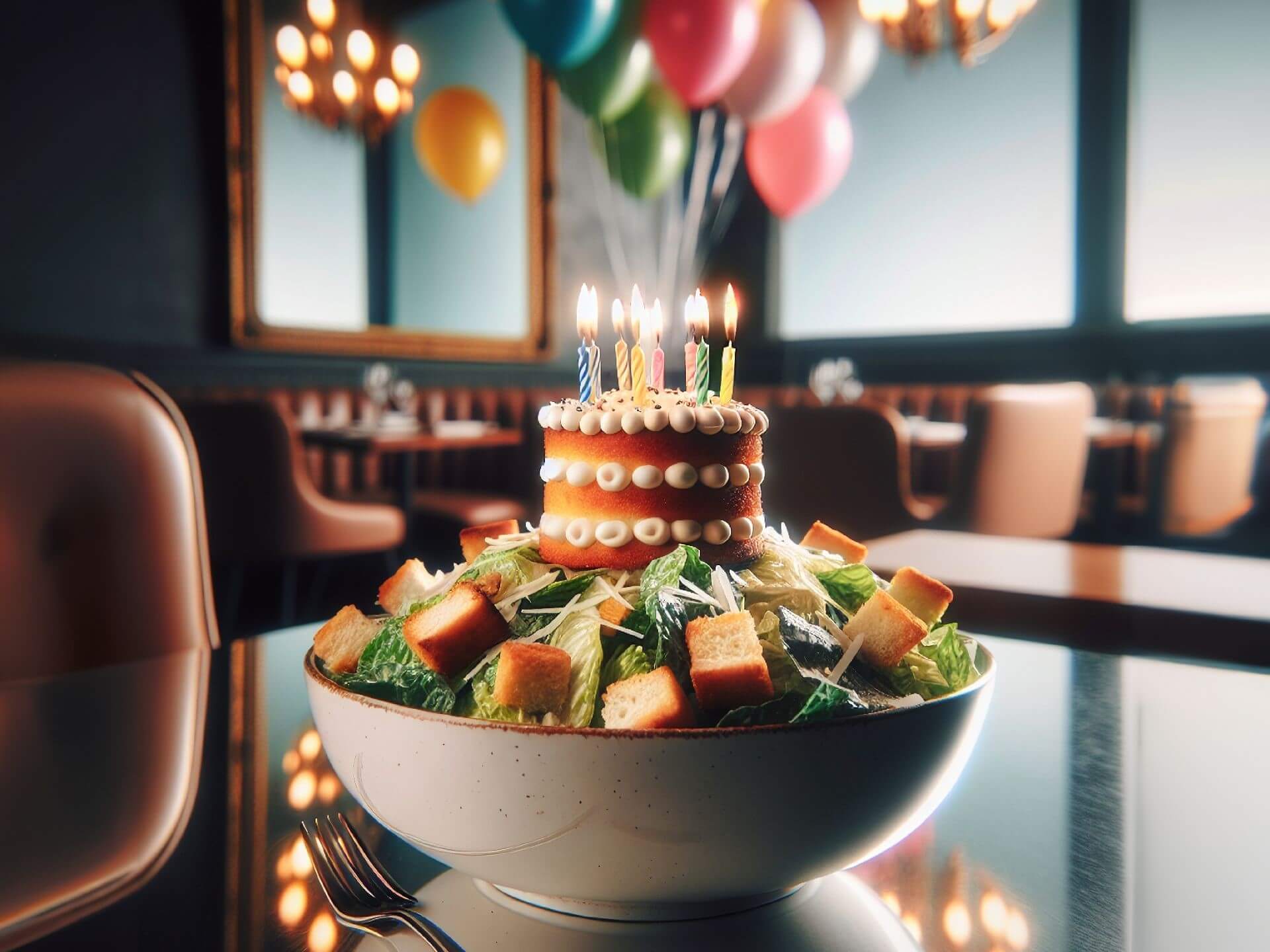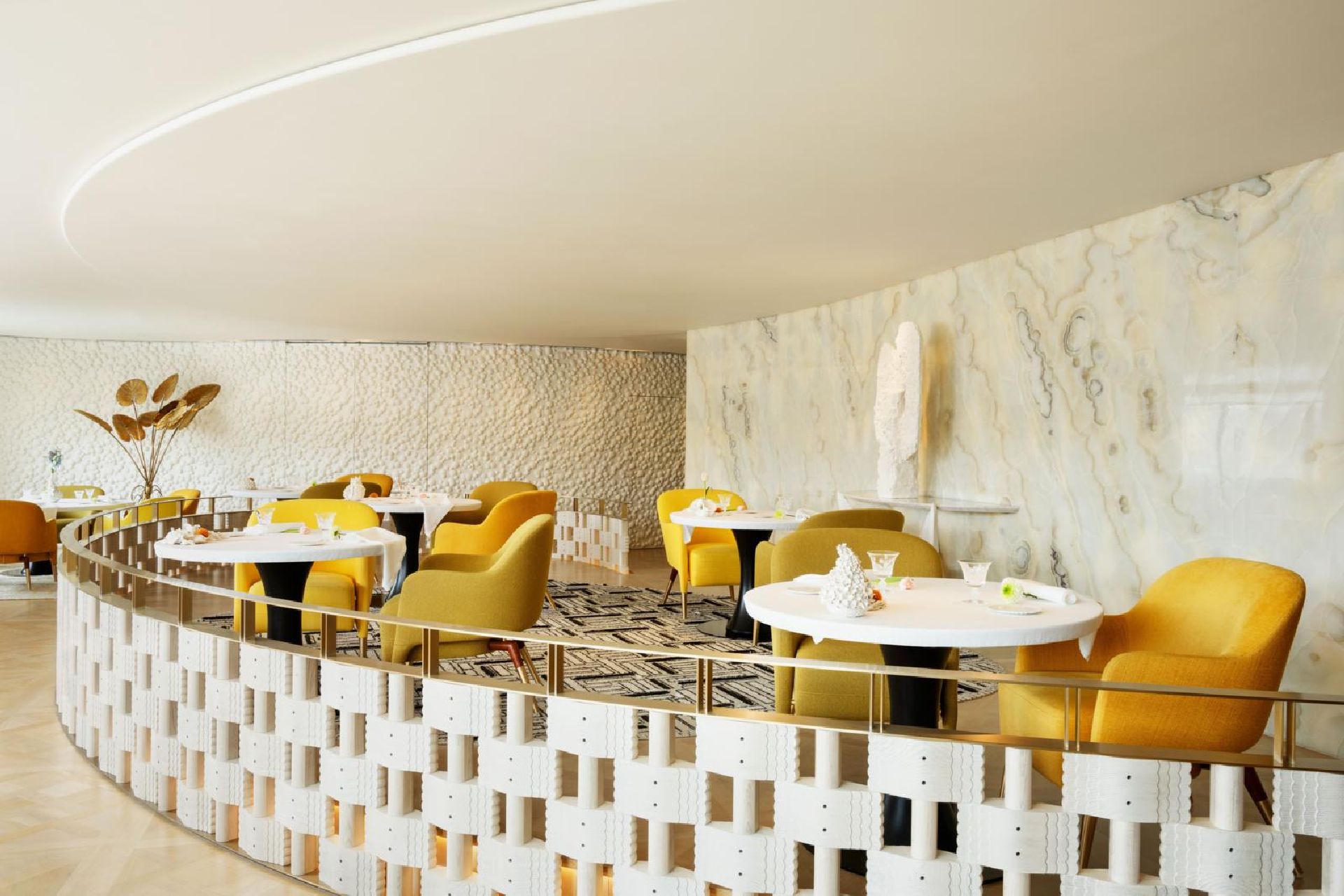Drink Donnybrook: Mojito
by David Klemt
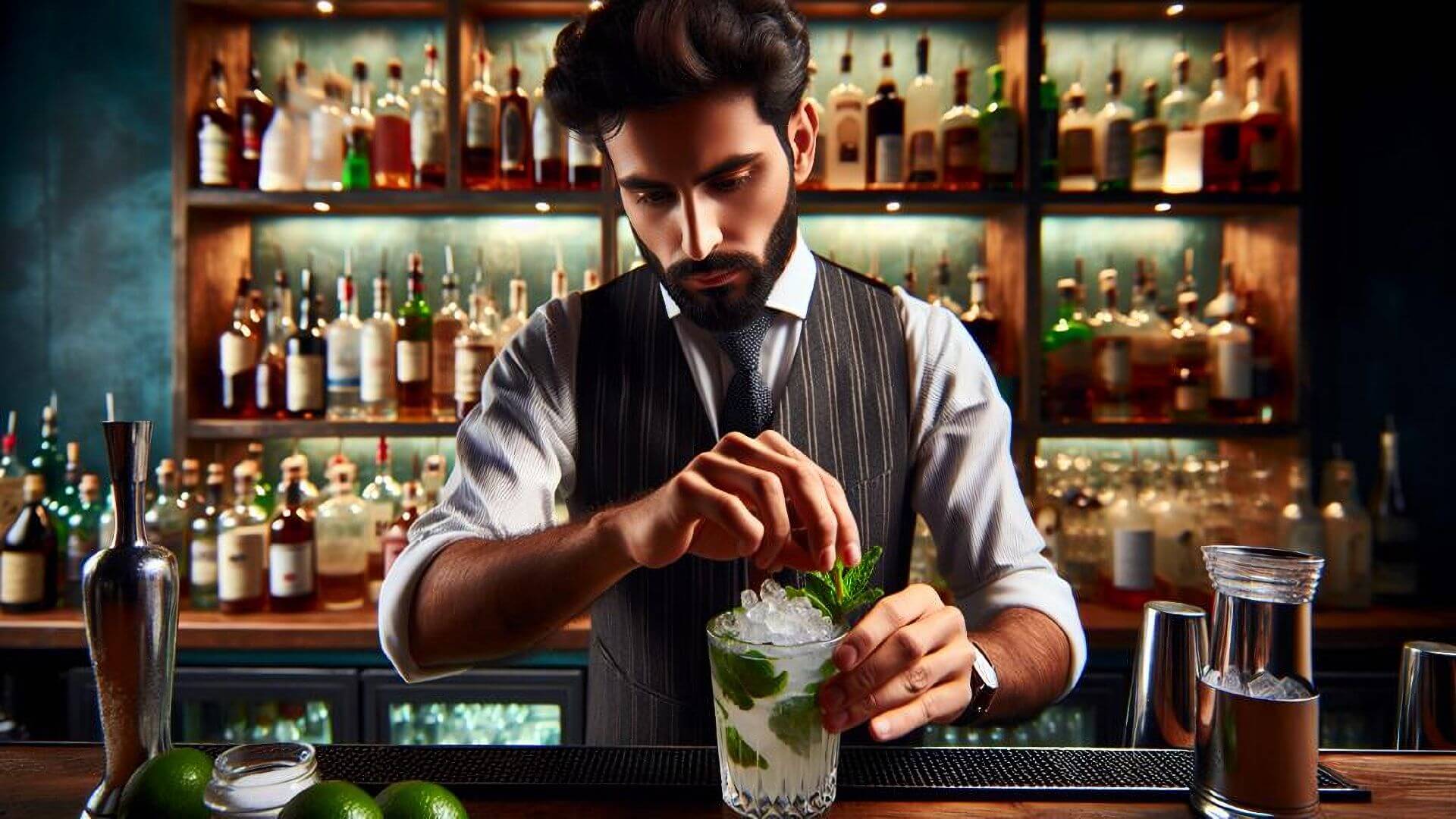
Hey, AI may be getting better at drawing hands. Also, I’m not sure about some of these bar tools…
Happy 440th-ish birthday to a rum-powered classic cocktail with a mashed-up, medicinal, mysterious, and complicated history: the Mojito.
Given that we can trace the Mojito to the 16th century, this drink more than justifies its classic cocktail status. Perhaps it’s deserving of placement on another tier of classic cocktail. Prototypical tipple, perhaps?
At any rate, some cocktail historians believe the Mojito’s origins reach as far back as 1586. However, we don’t know if we have to reach even further back in history for its creation. And nobody seems 100-percent certain who to credit for the creation of the Mojito.
Currently, most historians appear to think Sir Francis Drake is the inventor.
Now, before I proceed, let’s address Drake’s history.
A History of Significant Violence
Don’t let his title fool you into thinking he was a well-mannered gentleman; Drake was a pirate. Worse, he was a slave trader.
In fact, some label him one of the pioneers of the British slave trade.
He and his crews sacked and pillaged villages. They attacked ships for the sole purpose of plundering them. Drake was present for the Rathlin Island massacre, where in excess of 600 Scots and Irish were killed.
We’ll never know the overall death toll attributable to Drake and those under his command. Given that he was heavily involved in the slave trade, piracy, and raids, it’s at least in the hundreds.
“Firewater of Sugar Cane”
Personally, I don’t believe that we should give credit to Drake for inventing the Mojito. That honor should go to whoever gave him and his crew the ingredients for the drink.
If we accept that Drake and a small contingent landed on Cuban soil in search of medicine for scurvy and dysentery, an inhabitant of the island country created what would become the Mojito.
As a prevailing story goes, the Mojito was a tonic for a number of ailments, including the aforementioned scurvy and dysentery. In 1586, one of Drake’s crews was suffering from both (and probably other illnesses).
Upon their return from the shores of Cuba, the crew mixed the lime juice (which provided the vitamin C needed to combat scurvy), sugar cane juice, mint leaves, and aguardiente de caña they had been given by locals.
That last ingredient, the base for the tonic, translates to “firewater of sugar cane.”
Of course, we can argue over whether Drake or someone among his crew decided to create the tonic, or if they were told to so by the locals. I feel the answer is the latter, but I can’t prove my theory.
That said, aguardiente de caña can be considered the progenitor to rum. Dependent on a country’s rules regarding production and aging, aguardiente is the stage before the liquid can be labeled “rum” legally.
There was a time that a cocktail called “El Draque,” supposedly named for Drake, was popular in Cuba. So, where does the name “Mojito” come into the story?
No Concrete Answer
Prepare for a surprise: We don’t know with absolute certainty who named this cocktail, or when it attained its current moniker. This is in stark contrast to our previous Drink Donnybrook, which looks into the history of the Sazerac.
It’s possible, per historians, that African slaves named this drink. It could be tied to the Spanish word mojadito, which translates to “a little wet.” Or, perhaps, the cocktail is named for mojo, a Cuban seasoning with a lime base.
So, we don’t know exactly when the Mojito was invented. We don’t know exactly who invented it. And we don’t know who named it. We don’t even know when rum replaced aguardiente de caña in the recipe.
Even more frustrating is a bit of trivia related to one of the Mojito’s supposed greatest fans.
Supposedly, Earnest Hemingway loved Daiquiris and Mojitos. The following quote is attributed to the legendary writer:
“My Mojito in La Bodeguita and my Daiquiri in El Floridita.”
Allegedly (or allegedlies for my Letterkenny fans), Hemingway wrote that quote on the wall of La Bodeguita del Medio, where he supposedly crushed quite a few Mojitos.
Unfortunately, Hemingway biographers are dubious. They’re not not convinced Hemingway was a regular at La Bodeguita. Nor are they certain that the Mojito was in Hemingway’s cocktail repertoire.
What We Know
Well, I know this: We celebrate this iconic cocktail on July 11, National Mojito Day.
Oh, and we know that this drink holiday falls on a Thursday in 2024.
Of course, we also know that the Mojito is made with rum (now). Further, if you’d like to start an argument, I know that you can either declare the Mojito a member of the Sour, Fizz, or Punch family.
Finally, people around the world know the recipe, which you’ll find below. Cheers!
Mojito
- 2 oz. White rum
- 0.75 oz. Fresh-squeezed lime juice
- 0.5 oz. Cane syrup or simple syrup
- 10 Fresh mint leaves
- Soda water to top
- Mint leaves to garnish
- Lime wheel or wedges to garnish
In a shaker or mixing glass, muddle the fresh mint leaves and syrup. Add the rum, fresh-squeezed lime juice, and ice. Either shake well or stir until well chilled. Strain into Collins glass over ice, then top with soda water, and garnish. Note: To serve as a swizzle, fill glass with pebble ice, strain the cocktail, gently swizzle, garnish, and serve.
Image: Shutterstock. Disclaimer: This image was generated by an Artificial Intelligence (AI) system.

